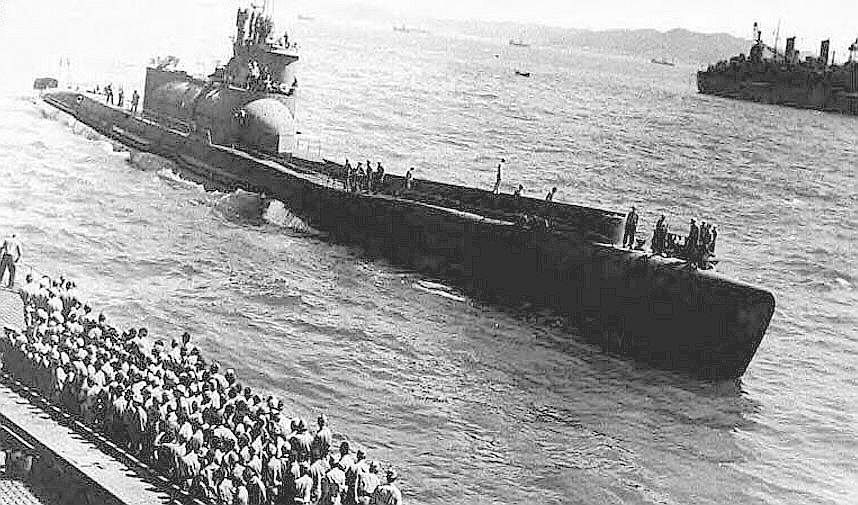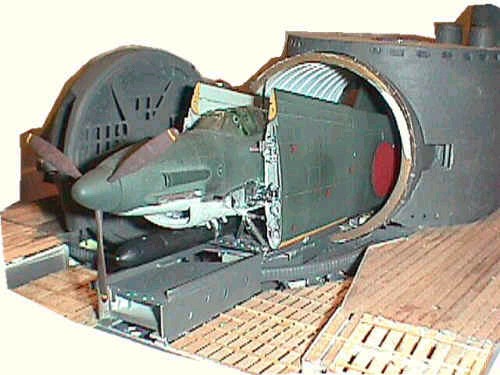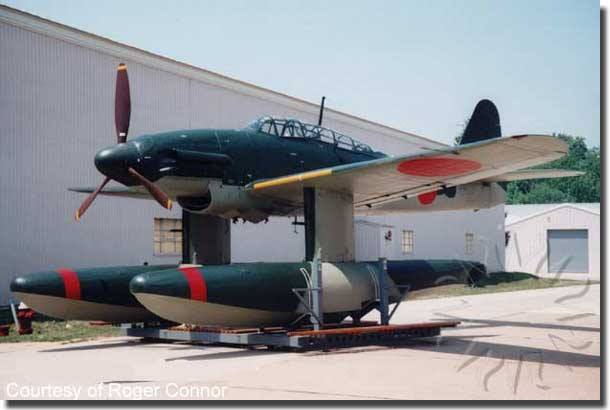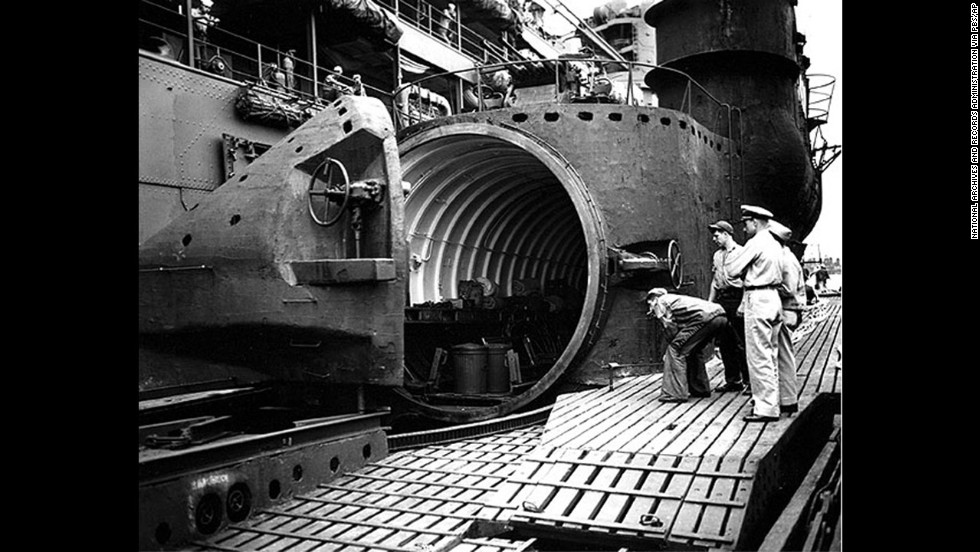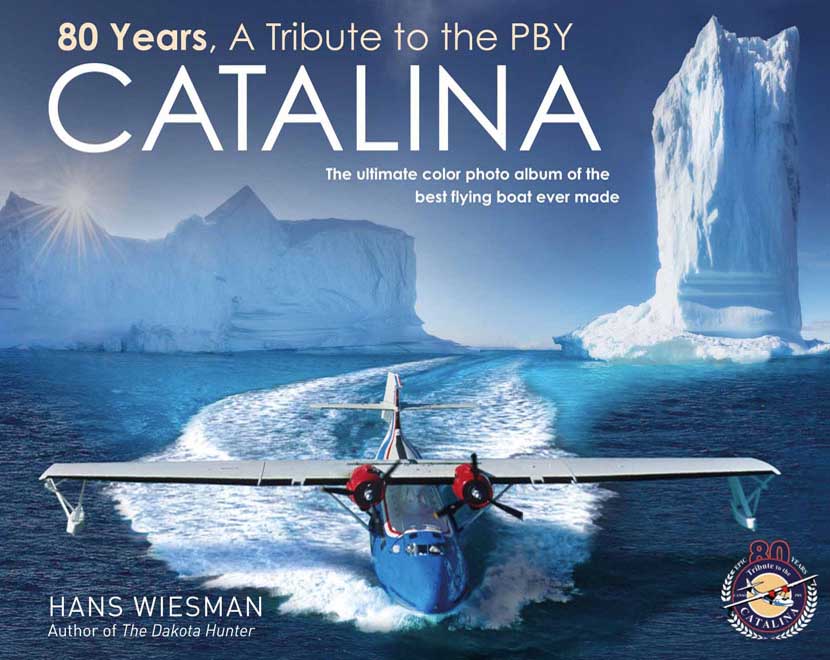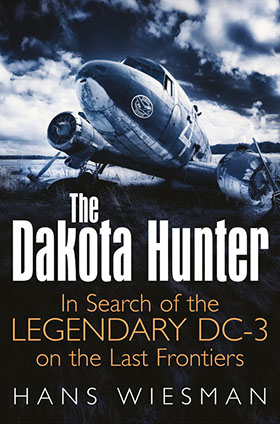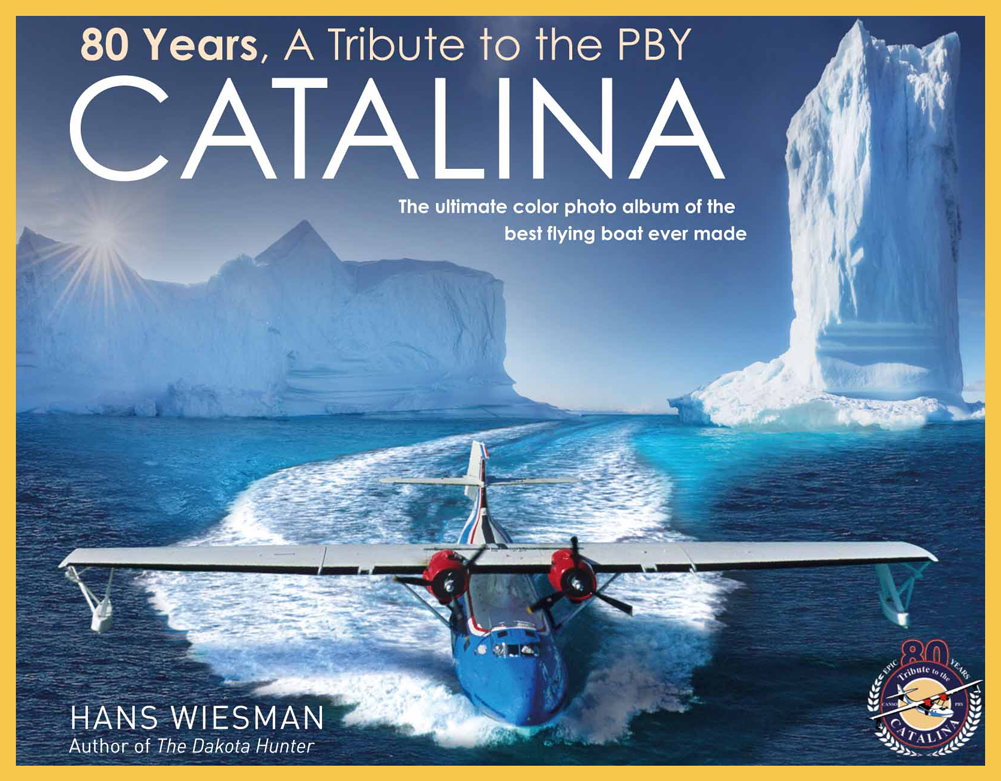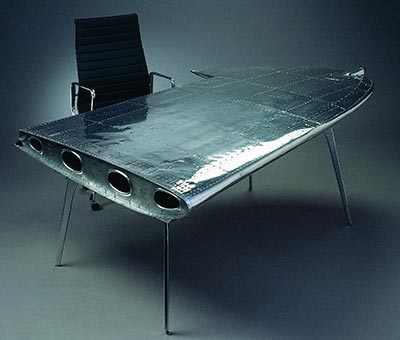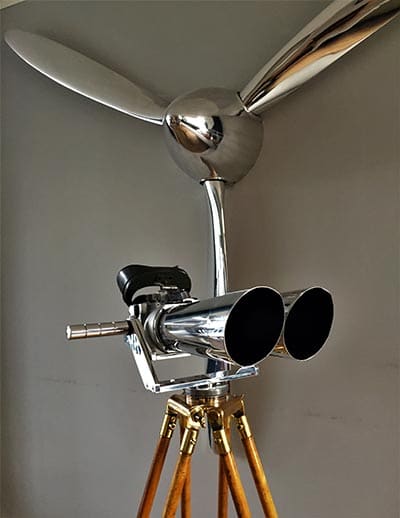Nippon’s Imperial Navy was capable of astounding engineering prowess that surely must have surprised the Allied Forces during the wartime. In this Dakota Hunter Blog, you can read about their Monster Submarines: each of them carried three aircraft inside their hulls for an airborne launch from the open sea. With their unparalleled (and undetected) range underwater, the subs were capable of circumnavigating the globe one-and-a-half times without refueling. Raids were planned on the US Mainland with biological bomb attacks and on the Gatun Locks in Panama, in the hope to block the Canal for months. In the end, it came all to no avail, their effort being too late and too small-scale to turn the tide for the Axis Powers (as was the case with most of the Jap and Nazi wonder-weapons like the Jet powered fighters/ bombers, the V-1 & V-2, the Kamikaze aircraft etc.)
The Japanese Imperial Navy under the visionary Admiral Yamamoto (architect of the Pearl Harbor Assault in Dec. 1941) developed a plan for a big fleet of huge Subs that each carried 2/3 advanced attack/ bomber float-planes, folded like Transformer Robots and housed inside a tubular hangar, mounted on a double-tubed fuselage. The novel design gave stability with 2 hulls welded next to each other and made up for the largest Submarines built in WWII and only overshadowed in the 1960s when the nuclear subs came out.
Overall length was 400 whopping feet (122 m) and an unrivaled armament: Type 96 triple mount 25mm anti-aircraft guns and a huge single Type 11 140mm deck gun aft of the hangar!
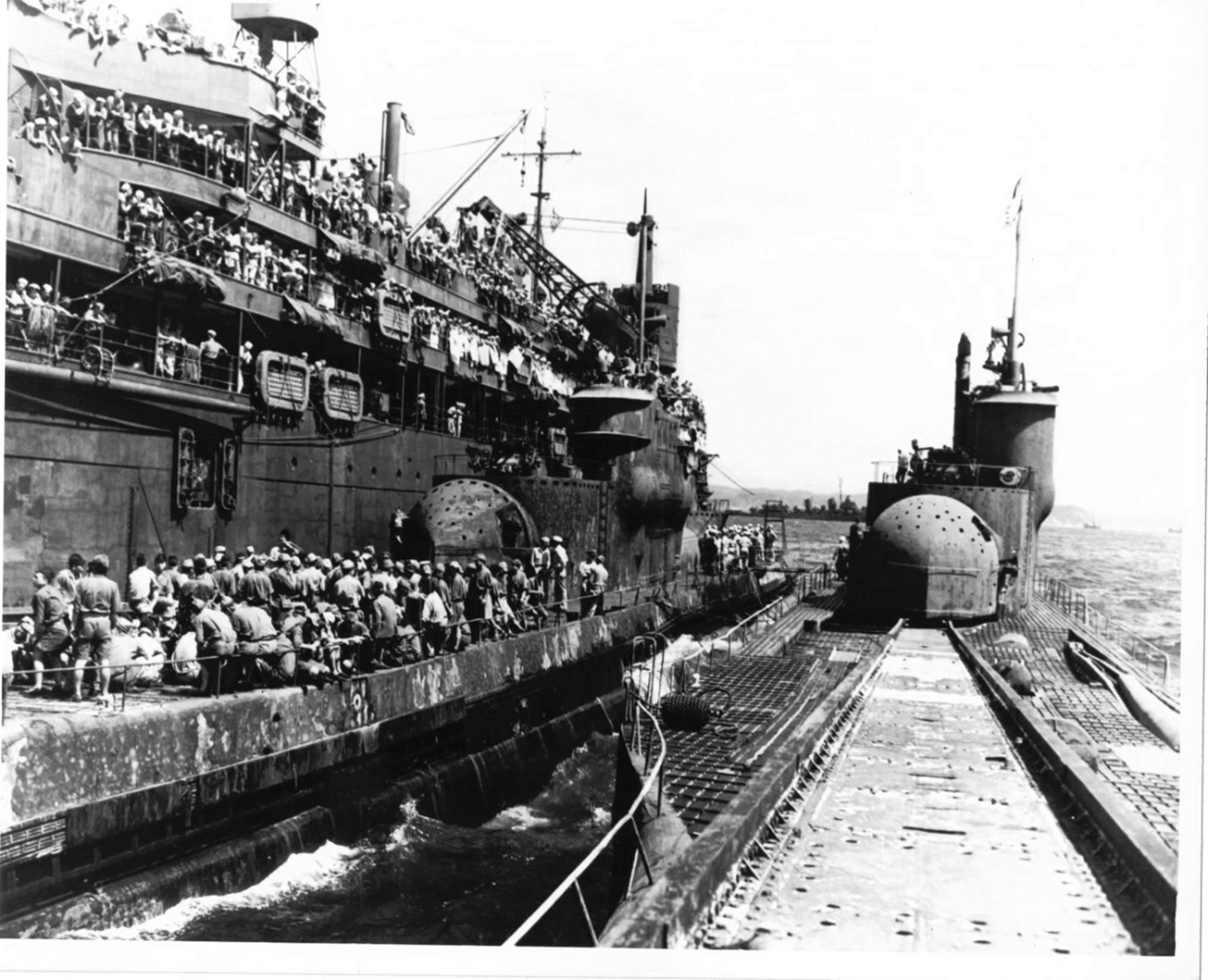
But the real surprise was on top of the double hull, that spectacular tunnel-like hangar with inside three Aichi-M6 Seiran aircraft that could each carry an 1850 lbs. bomb over a distance of 650 miles with a top speed of 295 mph. From a long launch ramp on the front deck of the sub, a steam catapult was used to get the aircraft airborne and after landing on their floats next to the mothership, a foldable crane was used to hoist the aircraft back on board.
The original order of 18 such I-400 series subs was slashed to 9 after Admiral Yamamoto got killed by a US Interception force on the way to the Solomon Islands. With the inspirational begeisterung of the Master gone, the Monster Sub-program soon started to lag behind the fast developments in the Pacific War and a tragic path of missed opportunities followed for what potentially was the most lethal weapon the Japs had to threaten the ever-growing dominance of the US Navy in the Pacific War.
Only in Dec. 1944, the first of the Mega Sub-series, the I-400 was commissioned, soon followed by I-401. Their original plan to terrorize the US West Coast cities failed as the impact of only 2 subs with 6 planes would not be sufficient to make a serious impact on the USA in that late stage of the war. After previous small-scale tests/ attacks on the Oregon Coast, that had hardly any impact, the Imperial Navy must have realized the odd chances for a successful attack, but instead of a recall, the Japs developed an outrageous plan-B with use of Biological weapons to attack large cities and spread bacterial diseases, as they had developed in secrecy in China since the late 1930s. By the end of 1944, the Battle of the Leyte Gulf in the Philippines was just finished and from there, the victorious US Navy was about to approach the overseas Islands that formed the “string of defense” around the Empire of the Rising Sun and surely, desperateness must have overwhelmed a number of Navy Officers.
Photo above shows more details of the Transformer-style folding system of the wings. The Attack / Bomber aircraft Aichi-M6 Seiran was a totally new design of an aircraft structure that could fold within the limitations of its own propeller arc! Folding wings were nothing new on aircraft carrier planes, but the way Aichi designed it, set a new standard. Look at the picture and you’ll see the wings not fold as a Bearcat or F4U Corsair, but these wings first twist 90 degrees over their full wingspan, then fold back tightly against the fuselage and finally the total tail section folds to minimize the “cross section diameter”. As floats are taken off and stored into special bunkers on deck, what remains can be pushed back into the tubular hangar as a “Rubic’s Cubed” aircraft of 11 feet in diameter (as big as the Prop).
Photo above shows the only surviving specialty aircraft Aichi-M6 Seiran which was built from scratch to fit inside this cavernous space of the Mega Submarine with a watertight compartment, ready to dive with the sub to 330 feet depth (100 m) without any damage on aircraft or systems.
The aircraft was of a very sleek design, with a top speed of 555 km/h and a range of over 1000 km, it could carry an 850 kg load of bombs or a torpedo. Notice the large size of the floats, they had six of them stored outside the hangar for the 3 aircraft. A folding crane was used to lift the aircraft up for coupling the floats and the completed plane was set for takeoff on the steam catapult rails. That was a time-consuming affair, to be repeated/ reversed when the aircraft returned from its mission. The cumbersome handling must have made the Sub vulnerable for detection by radar-equipped sub-hunting aircraft.
The plan was to make a biological/ biochemical attack with 6 of such planes on the US West Coast cities but was abandoned under the pressure of another Japanese Admiral, who had the correct sentiment that if Japan would press on, the revenge from all over the World would come over them. At that very moment, the USA was in all secrecy about to test its first atomic bomb explosion, and only 6 months later the first nuclear attack in history would hit Nippon at the heart on Aug. 6th, 1945 with the assault on Hiroshima.
Photo above shows the frontal hangar door of the Monster Sub that gives entry to the tunnel-shaped aircraft storage area. Also note that the sub’s skin has undergone a special “shark-skin” treatment, obviously for stealth purposes. The deck where the American officers stand are also storage bunkers for the floats of the Aichi-M6 Seiran aircraft. Those floats were no part of the ‘Transformer kit’, they were added only after the aircraft was rolled out from the hangar.
Read here how the 2 Monster subs fared to their final fate.
In their final attempt to let the Subs do what they were built for, the I-400 and I-401 were sent for a desperate assault hoping to turn the tide for the Imperial Japanese Forces. US Aircraft carriers were assembled near the small Ulithi Atoll (East of Philippines) in preparation for the last big naval attack and their presence lured the Jap subs. But again, the events ran faster than the Subs could sail. On their way, the Atomic bombs fell and on 15 Aug.1945, both subs received the news of the Japanese surrender: they were ordered to give themselves over to the US Navy.
That was too much for the Commander of the fleet on board, he committed suicide but the rest of the crew gave up. The subs were entered by the US Navy and sailed to Tokyo, as you can see on the photos above, right after their surrender.
The boats soon after sailed to Oahu/ Hawaii and were docked for in-depth inspection of their very advanced technology. The Russians claimed the subs as war booty, but evidently, the US Navy was not very willing to hand over those Hi-Tech ships in the light of the looming Cold War in 1946. They took the captured Jap Monster subs to deep ocean waters and torpedoed them, others were used in Target practicing. Whatever happened, the Monster subs never showed up at the rendezvous with the Russians, but in August 2013, the wreck of the I-400 was found back on the bottom of the Pacific Ocean, some 15 miles east of Honolulu.
American Diver Kerby found the wreck and revealed that the submarine had been captured by the U.S. Navy during the war and purposely sunk by torpedoes fired by the submarine USS Trumpetfish (SS-425) on June 4, 1946, 10 months after Japan’s surrender. The Japanese-developed concept with all its technology of an aircraft carrying Super-Sub was studied but by war’s end, the missile technology developed by the Germans (under the direction of Werner von Braun) was quickly introduced by the US Navy for launching far-reaching rocket-propelled weapons from Submarines. That virtually killed the concept of the Aircraft carrying Submarine: it would always need spending precious time on the surface of an open sea for launching their aircraft and taking them back in with a crane. The complexity and vulnerability of that concept finally lost against the post-war development of the Submarine-Launched Ballistic Missiles (SLBM).
A quite unknown fact is that the Germans by end of the war have tested an underwater launch tube which contained a V-2 ballistic missile, that was towed behind a submarine (Prufstand XII). The Americans quickly took over their technology after May 1945 to further develop the SLBM systems, but the launching vessels still needed to surface when they fired their missiles.
The first launch of a cruise missile SSM-N-8 Regulus took place in July 1953, from the deck of Submarine USS Tunny, the first nuclear deterrent patrol submarine. In the 1950s, Nuclear Power propulsion partially replaced diesel-electric propulsion. In 1959–1960, the first Ballistic Missile Subs were put into service by both the United States (George Washington Class) and the Soviet Union (Golf Class).
Commercial info;
I have a sweet spot for seaplanes & flying boats, ever since my kid years that I spent in Indonesia in the 1950s. With my family, I flew from Java to Borneo in a DC-3 and in early 1952, a Shell-operated Catalina dropped us on a remote side river of the Mahakam River. I vividly remember the plane’s mooring, the muddy river banks, infested with crocodiles and the omnipresent steaming Jungle. Not everyone’s liking but for me, it was a Pacific paradise. Always a delight to see, how the aircraft came overhead in a very low fly pass to clear the river from small boats and check for debris in the water (mostly tree trunks).
I stood there watching in awe as a 6-year-old boy, totally mesmerized by the spectacle of the splashing water and the ensuing mooring nearby the muddy river bank. It was our only Lifeline with the Faraway Big World and the Cat brought us the mail and presents from Europe. That was the beginning of a Lifetime passion for the aircraft, it culminated years later in 1993 and 1994 in the ‘Flight of a Lifetime’ for a TV series, named the Catalina Odyssey that took me twice via Africa over the Atlantic to South Central and North America to fly for some 2 x 6 weeks.
With so many never-before-published photos, I decided to make a photo album with 400 unique photos / 50,000 words, in a Lounge Tabel book format, titled
“80 Years, a tribute to the PBY Catalina”.
The Pilot stories, the (pre-)wartime development and its weapons, the Postwar career with the Coast Guard, as a Firefighter and as a Cargo/ Pax transport, it is all in my book, including the 100+ Catalina Odyssey photos and all the New Age survivors, photographed by professionals.
It is out now and you can order the book at Amazon USA/UK or directly via my order page at www.catalinabook.com
You can also order at my printer Seattle Book Company, here is the order page where you can view the 20+ reviews of my book.
If you prefer or you have a Prime membership, you can also order at Amazon https://www.amazon.com/80-years-tribute-PBY-Catalina/dp/908281000X
Read the Customer Reviews first, see the 15 random pages, and from there you decide. This book is the best Gift for your ( Grand-) Dad, your family, friend or yourself. The bygone days of the Flying Boat in all its Glory, see what Gene Tucker wrote to me :
Gene Tucker Hans, without a doubt in my mind, your Catalina book is the best single book on any aircraft that I’ve ever found. It was delivered within a week of placing the order, so a special thanks to Seattle Book Company as well.
See more of my Books and Blogs at www.dc3dakotahunter.com

